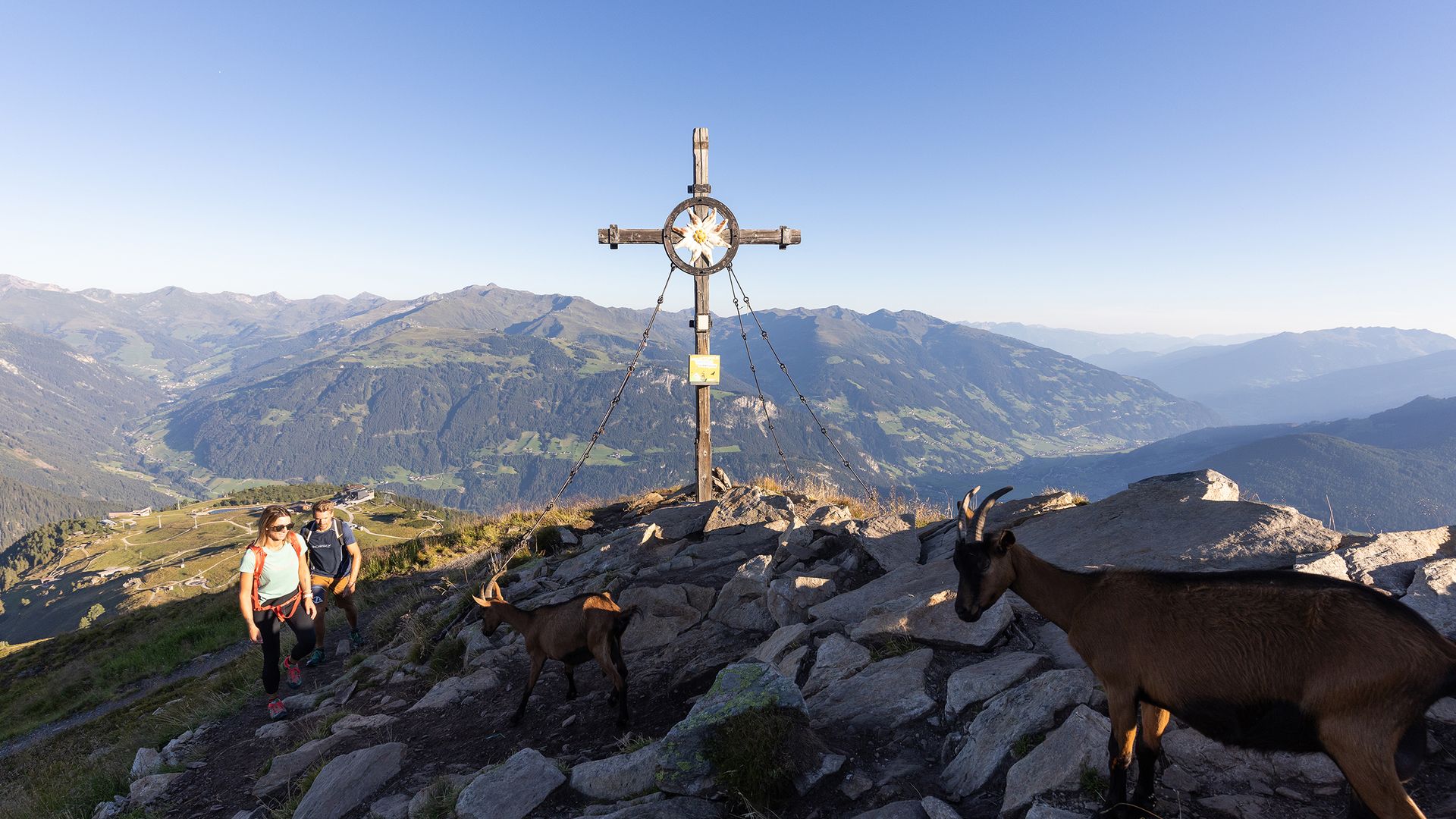Safely through Mayrhofens mountain summer
Valuable advice and guidance on topics such as route planning, equipment, weather forecasting and more to ensure a safe adventure in the Mayrhofen Mountains.
Are you well informed and safely equipped for your hike? Make sure you are adequately prepared before you set off into mountain terrain. Decide on which mode of transport to take, check whether cable cars are open, whether you are suitably equipped, what the current weather forecast is, where refreshments may be available and who to contact in the event of encountering difficulties.
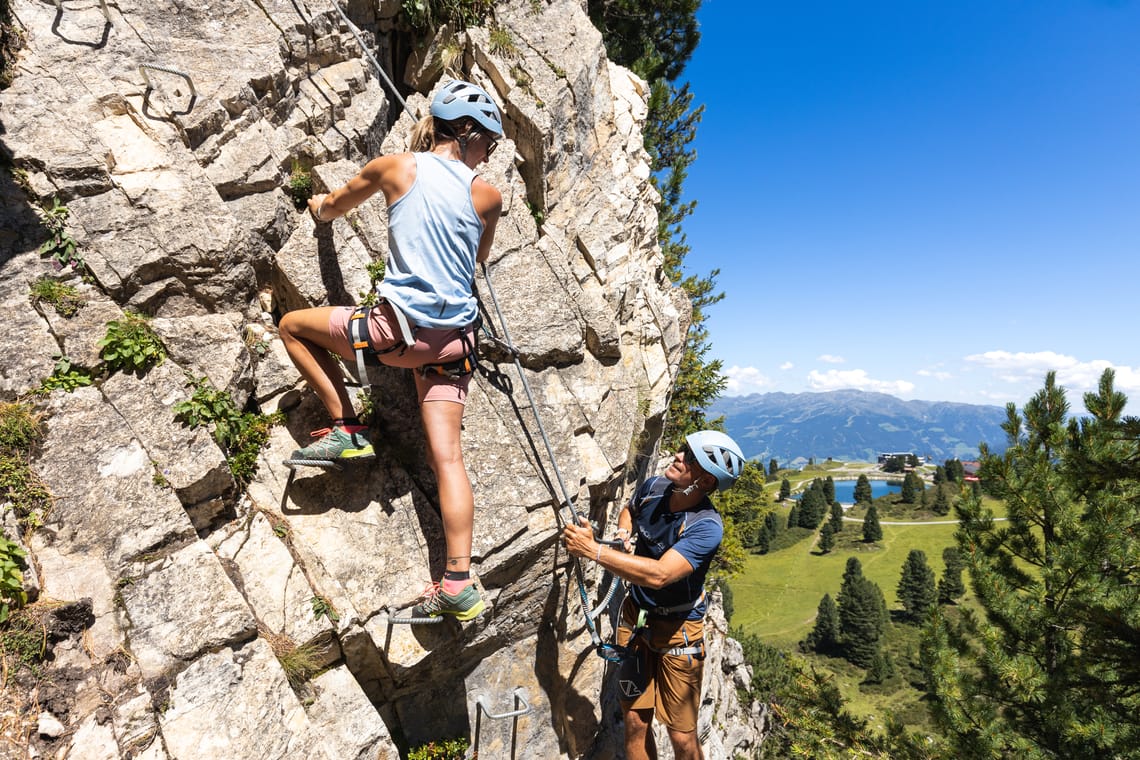
IMPORTANT CONTACTS AND NUMBERS:
Tyrolean Mountain Rescue: 140
Alpine emergency servies Austria-wide: 144
Euro Emergency Services: 112
Penken cable car mountain station: +43 5285 62277 204
Ahorn cable car mountain station: +43 5285 62277 401
Mayrhofner Bergbahnen cable car administration: +43 5285 62277
NO MOBILE PHONE RECEPTION?
First of all, turn your mobile phone off
Switch it on again and dial 112 immediately, instead of entering your pin code
Alternatively, press the SOS button
The 112 Euro emergency number can be used free of charge, even without a SIM card. It is recognised as an "SOS" call and therefore receives priority in mobile communication networks.
REPORTING AN ACCIDENT
WHO should report the accident? WHERE exactly did it occur ? WHAT happened? HOW MANY people require assistance?
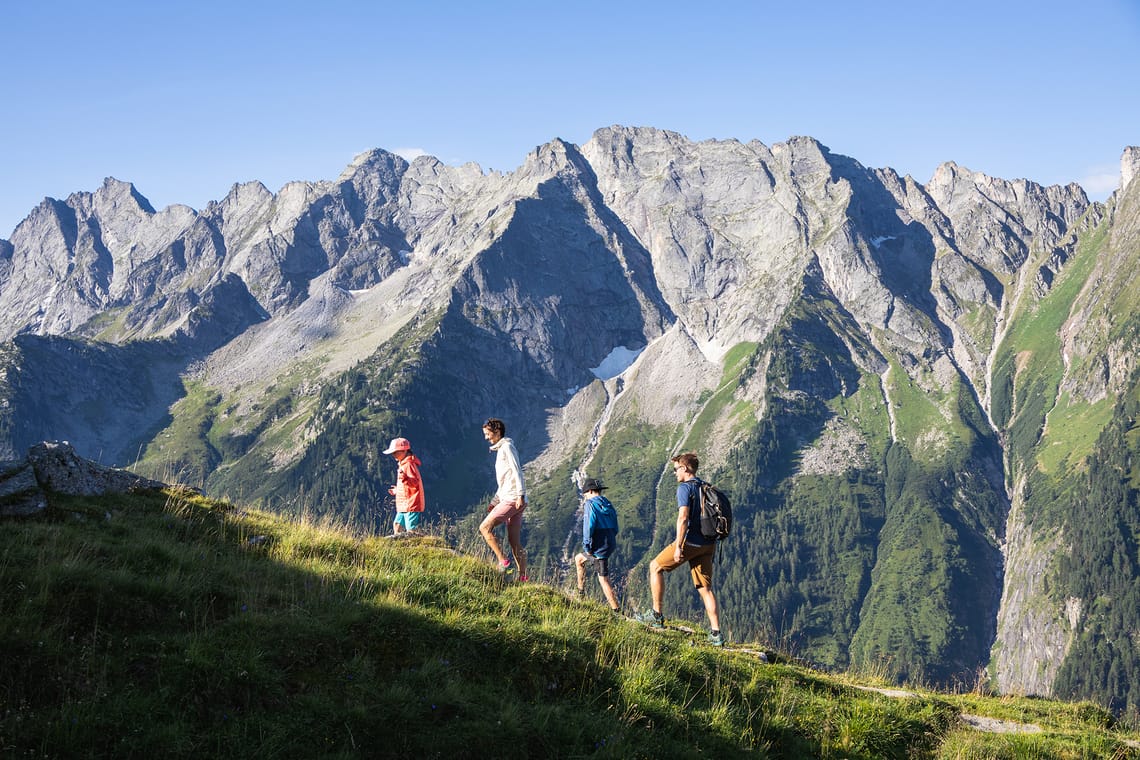
RESCUE COST INSURANCE
Austrian Mountain Rescue Services offer insurance cover for search and resucue costs for the applicant, their spouse or partner and children up to the age of 18 for a premium of € 32.00! This rescue cost insurance is available to all - irrespective of the applicant's nationality. Find out more here!
SOS-EU-Alp App! For all emergencies
The SOS EU ALP APP determines your location (x,y coordinates) via your smartphone. In case of an emergency, this location data can be transmitted directly to the relevant rescue centre (Tyrol, South Tyrol or Bavaria). The App can be used in emergencies to alert rescue services, mountain and water rescue services, or the fire brigade. In medical and alpine rescue operations in particular, ground-based and/or airborne (e.g. emergency helicopter) units can be alerted.
FURTHER INFORMATION: Austrian Advisory Board for Alpine Safety / Austrian Mountain Rescue Service Tyrol
YOUR HIKING TOUR
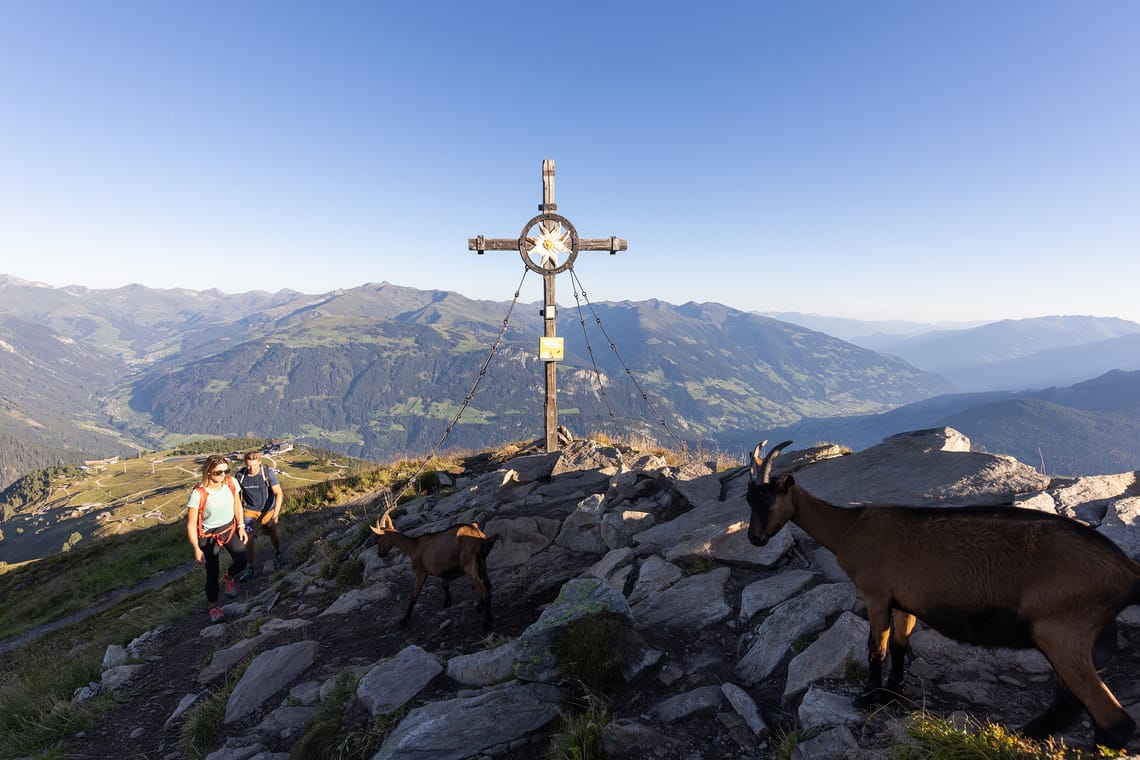
PREPARATION
Adapt your tours to suit your physical and mental abilities. The body needs time to adjust to both the altitude and physical exertion.
Use hiking maps and guides to gain orientation and an overview of the route.
Check the weather forecast and make sure you adapt appropriately to the seasons.
Let your accommodation provider know where you are going and when you intend to return.
Make sure you stick to the marked hiking trails and proceed with caution on wet, grassy slopes and areas of steep snow or scree.
EQUIPMENT
Hiking map
Hiking boots with a good tread
Hiking poles
First aid supplies (including blister plasters)
Provisions
Rain protection and warm clothing
Sun cream, headwear and sun glasses
Fully charged mobile phone
WEATHER FORECAST
Ensure you are always informed about the latest weather developments. Are cold fronts or thunderstorms heading your way? Fair weather can be deceptive and changes rapidly in the mountains.
In good weather, the temperature drops by around 1°C per 100 metres of vertical gain.
Turn back as soon as the weather looks like it may deteriorate!
FURTHER INFORMATION: Tips and hiking rules – mountain safety / free, current weather forecast for Tyrol
YOUR BIKE TOUR
Fair on the mountain! Mountain bike routes lead through alpine terrain that demands a high level of personal responsibility from the rider. It is therefore crucial to follow certain rules of behaviour, in order to avoid conflicts and ensure safety.
Ride responsibily at a controlled speed, while taking visibility conditions into account.
Be prepared to encounter obstacles at all times, especially on bends! (Rocks, tree branches, trail damage, agricultural vehicles, livestock, road barriers, etc.).
Hikers and pedestrians are to be given priority. Overtake carefully and at walking pace.
Agricultural and forestry operations have priority on authorised trails. Keep field gates closed and observe temporary trail closures.
Keep to designated, signposted routes to help safeguard nature and wildlife habitats.
Plan your tour in accordance with the difficulty of the route and personal skill levels.
Don't forget: helmet, protective equipment and to ensure your mountain bike is functioning properly.
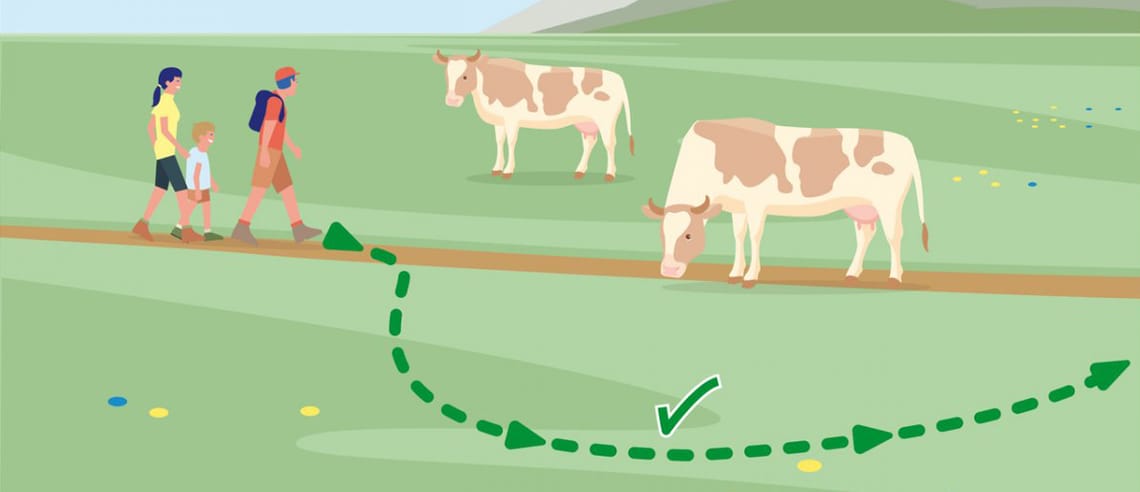
@Tirol Werbung
SAFE ENCOUNTERS WITH GRAZING ANIMALS
Tips on how to behave around cows or other grazing animals
Action plan for safe alpine grazing areas (Austrian Federal Government)
